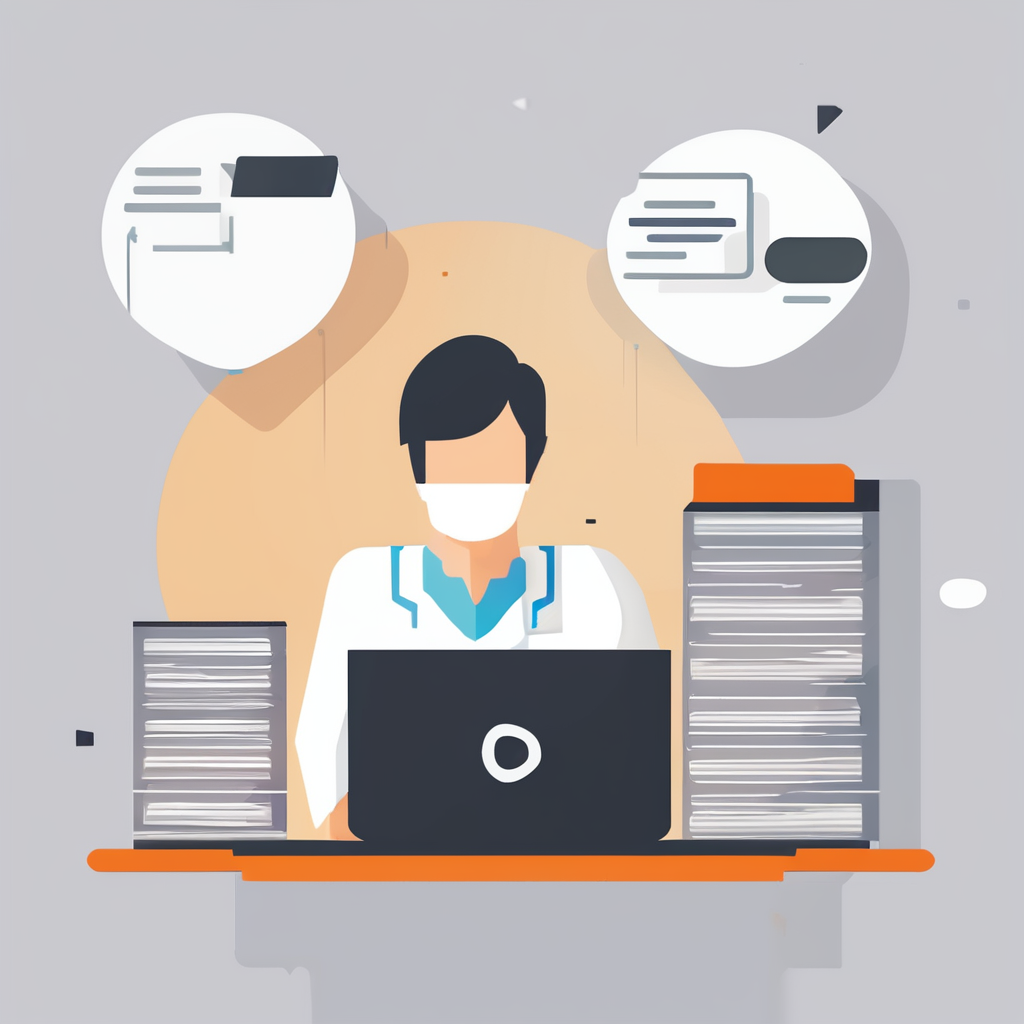Keeping your computer in top shape is essential for its performance and longevity. Over time, dust accumulation can affect your system’s hardware and internal components. Regular maintenance and cleaning are vital to ensure that your PC runs smoothly. In this article, we will explore effective strategies for maintaining and cleaning your computer, focusing on the internal and external aspects of your system.
Understanding the Importance of Regular Maintenance
Many computer users underestimate the significance of regular maintenance. Just like any other machine, a PC requires attention to perform at its best. Dust and debris can clog the vents and fans, leading to overheating and reduced efficiency. Additionally, neglecting to manage your files and system can result in sluggish performance.
Also read : What are the advantages of using a gaming router for online play?
Your computer houses various components that work together to deliver optimal performance. Over time, these components can accumulate dirt, dust, and fingerprints, which can disrupt airflow and cause thermal issues. By regularly cleaning your computer, you help these components operate efficiently, thus prolonging their lifespan.
Furthermore, an unkempt PC may lead to data loss due to software malfunctions or hardware failures. By performing routine maintenance, you can reduce the risk of such incidents. Regular checks and cleaning sessions allow you to spot potential problems before they escalate. This proactive approach can save you time and money on repairs.
Additional reading : What common mistakes should I avoid when building my first gaming PC?
In summary, consistent maintenance and cleaning of your computer are essential for preventing hardware issues, ensuring optimal performance, and safeguarding your data.
Cleaning Your Computer’s Interior Components
One of the most crucial aspects of PC maintenance involves cleaning the interior components of your computer. Dust buildup inside the case can lead to overheating, which can severely impact the performance of your computer.
Begin by turning off your computer and disconnecting all cables. This precaution ensures your safety while cleaning. Use a can of compressed air to blow out dust from the fans, heatsinks, and other internal parts. Hold the fan blades in place to prevent them from spinning while you clean, as spinning can create a current that might damage the hardware.
Pay particular attention to the case and power supply. These areas often accumulate significant dust. Ensure that all the vents are clear, allowing for proper airflow. If your computer has filters, remove and clean them as well.
When handling internal components, it is beneficial to use an anti-static wrist strap to prevent static electricity from damaging sensitive parts. Carefully wipe down surfaces with a microfiber cloth to remove any remaining dust particles.
After cleaning, reconnect your cables and power on your computer. You should notice an improvement in the cooling efficiency and overall performance of your system. Regularly cleaning your computer’s interior every few months can help maintain its health and extend its lifespan.
Managing Files and Software for Optimal Performance
While cleaning the hardware is crucial, managing your files and software is equally important. A cluttered hard drive can significantly slow down your computer’s performance. Regularly deleting unnecessary files and organizing your data can help maintain a smooth operating system.
Start by reviewing your stored files. Delete duplicates and old documents that you no longer need. Organize your remaining files into folders to make them easier to locate. This not only helps with system performance but also provides a more efficient workflow.
Additionally, consider uninstalling programs that you rarely use. Unwanted software can consume valuable disk space and resources, leading to a sluggish system. Access your system’s control panel or settings to remove these applications.
Next, perform regular disk cleanups. Most operating systems offer built-in tools to remove temporary files, system cache, and other unnecessary data. Running these tools monthly can keep your system uncluttered.
Lastly, ensure your software is up to date. Outdated applications can pose security risks and hinder performance. Regularly check for updates and install them promptly. This practice not only enhances functionality but also ensures compatibility with the latest technologies.
Airflow and Cooling: Key Elements of Hardware Maintenance
Proper airflow and cooling are vital to maintaining your computer’s performance and longevity. Overheating is one of the most common issues that can affect internal components, leading to damage and reduced efficiency.
First, ensure that your computer is placed in a well-ventilated area. Avoid cramped spaces or surfaces that block airflow. Maintaining a clean environment around your computer can also help mitigate dust buildup. Regularly dust the area where your computer is located to prevent external debris from being drawn in.
Consider adding or upgrading fans if your system tends to run hot. Aftermarket fans can improve airflow and cooling. Make sure to position the fans to create a positive air pressure environment, allowing for better heat dissipation.
In addition, monitor your system’s temperature. Various software tools can help you keep an eye on the temperatures of your CPU and GPU. If you notice that the temperatures are consistently high, it may be time to check the thermal paste on your CPU and GPU. Over time, this paste can dry out and lose its effectiveness, leading to overheating. Reapplying thermal paste is a straightforward process that can significantly improve cooling performance.
By focusing on airflow and cooling, you enhance your system’s performance, ensuring that your hardware operates efficiently and lasts longer.
In conclusion, maintaining and cleaning your PC hardware is an essential practice that promotes optimal performance and longevity. Regularly attending to both the internal and external aspects of your computer helps prevent overheating and hardware failures. By understanding the importance of routine maintenance, cleaning interior components, managing files and software, and ensuring proper airflow, you can keep your system running smoothly.
Implementing these best practices will not only help you maintain your computer’s functionality but also safeguard your data and improve your overall computing experience. Remember, a well-maintained computer contributes to better productivity and a more enjoyable user experience.











